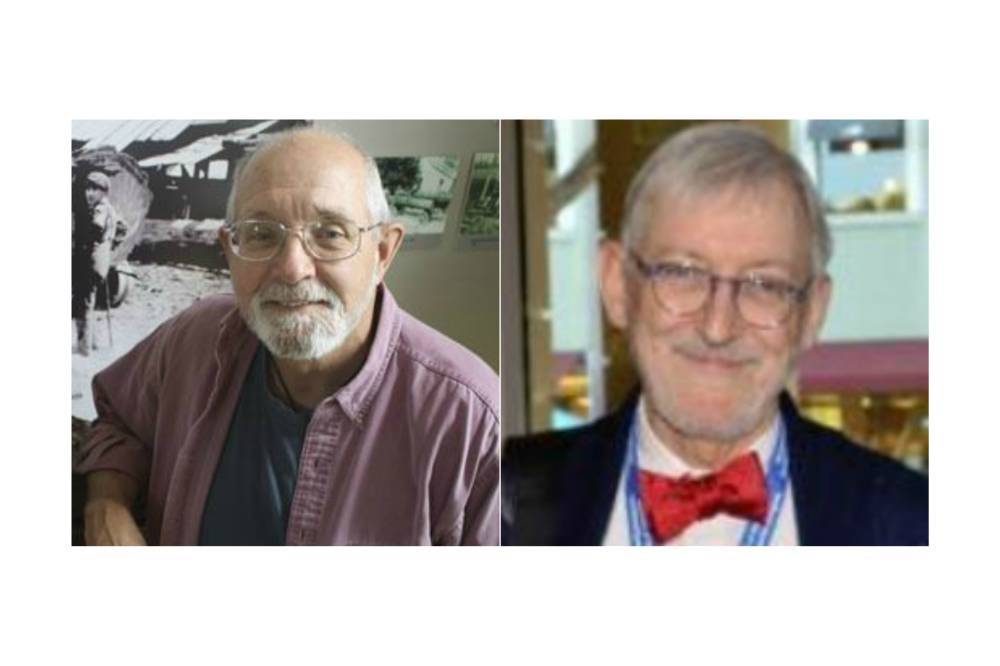The Beachcomber published our article “Should We Rename Maury Island?” on July 16. We posed three options: topple the name Maury from our islands and find another name; rename Maury Island after a different Maury who does not carry the legacy of support for slavery; or, leave the name as it is and recognize the tarnished legacy William L. Maury’s name carries.
In this piece, we explore Option 2, rename Maury Island after a different Maury who does not carry William L. Maury’s tarnished legacy. This would accomplish something parallel to what happened here in 1986 when King County, which was originally named for William Rufus DeVane King (a senator from Alabama who enslaved people and was elected U.S. vice president in 1853 but died before serving in office) officially changed its eponym to the Rev. Dr. Martin Luther King Jr.
We want to suggest that Maury Island could remain Maury Island, but be named for Antonia Caetana Maury rather than William Lewis Maury. Antonia Maury was a remarkable early astronomer whose star classification system was adopted by the International Astronomical Union, was the first woman to publish in an astronomical observatory publication, and was one of the first to be awarded the Cannon Prize in Astronomy by the American Astronomical Society.
Antonia Maury, born in Cold Spring, New York on March 21, 1866, was the daughter of Protestant Reverend Mytton Maury and Virginia Draper and was a very distant cousin (“second-cousin once-removed”) of William L. Maury, after whom Maury Island was named in 1841. Antonia was the granddaughter of John William Draper, an astronomer who took the first detailed photograph of the moon in 1840, and a niece of astronomer Henry Draper, who pioneered star photography in the 1870s.
Antonia graduated from Vassar College in 1887 with honors in physics, astronomy, and philosophy. Edward Pickering, director of the Harvard College Observatory, hired her to be one of what was then termed women “computers,” analyzing light from stars as seen through the telescope and passed through a prism. Analysis of these spectral lines provides information about a star’s temperature, chemistry and motion. Antonia was the “Harvard Computer” responsible for cataloging stellar spectra for bright stars in the northern hemisphere and was paid 25 cents an hour, less than half the amount paid to men.
Pickering and his staff had devised a simple alphabetical system for classification of stars, but Antonia independently found spectral patterns that did not fit into this system and devised her own more complex star classification. Her efforts to refine the spectral categories were not appreciated by Pickering. Doing original theoretical work conflicted with his expectations for her as a “computer,” and she left Harvard in 1891.
Before Antonia arrived at Harvard, Pickering had discovered the spectroscopic double, or binary, star Zeta Ursae Majoris; Antonia’s first task at the observatory was to determine its orbital period, and in 1889 she independently discovered a second spectroscopic binary, Beta Aurigae, and determined its orbit. Pickering wrote “On the Spectrum of Zeta Ursae Majoris” for the American Journal of Science in 1890; he noted briefly that “The spectrum of this star has been photographed at the Harvard College Observatory on seventy nights and a careful study of the results has been made by Miss. A. C. Maury, a niece of Dr. Draper.” There followed a detailed presentation of the results of that study, with no further mention of Antonia.
This slight weighed on Antonia and, when Pickering implored her to return to the Observatory or turn her work over to others, she wrote: “I do not think it is fair that I should pass the work into other hands until it can stand as work done by me. I worked out the theory at the cost of much thought and elaborate comparison and I think that I should have full credit for my theory of the relations of the star spectra and also for my theories in regard to Beta Lyrae.” Antonia returned to Harvard for a year in 1893 and again in 1895, to complete, using her own classifications, “Spectra of Bright Stars Photographed with the 11-inch Draper Telescope,” which was the first astronomical observatory publication credited to a woman, published in 1897.
She received further vindication of her insights in 1922 when the International Astronomical Union modified its classification system to adopt her classification methods, and in 1943 when she was awarded the Annie Jump Cannon Prize in Astronomy by the American Astronomical Society. She returned to the Harvard Observatory in 1918, after Pickering’s death, and remained until her full retirement in 1948. In retirement, Antonia became an accomplished ornithologist and a passionate conservationist who fought to save western Sequoia forests. Antonia died on January 8, 1952.
In 1978, stellar astronomer William Wilson Morgan dedicated the “Revised MK Spectral Atlas for Stars Earlier Than the Sun” to “Antonia C. Maury… Master Morphologist of Stellar Spectra” whom he also acclaimed as “for me, the single greatest mind that has ever engaged itself in the field of the morphology of stellar spectra.”
We plan to explore Option 1, topple the name Maury from our islands and find another name, in a subsequent article. One way that could happen is to consult with the descendants of the sHebabS Coast Salish Native People, the first people of Vashon Island, who were forcibly removed from our islands following the 1854 Treaty of Medicine Creek. We could ask them to suggest an appropriate name for Vashon’s sister island.
Steven C. Macdonald is a retired epidemiologist and a 20-year resident of Vashon Island. Bruce Haulman is an island historian.



